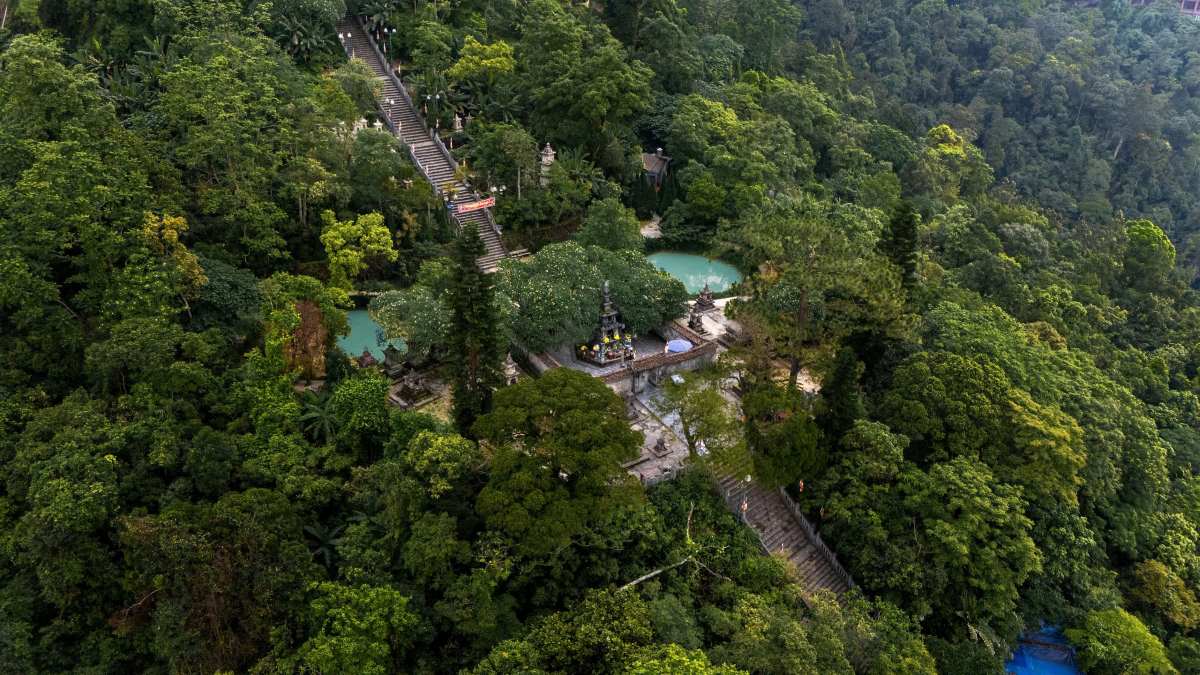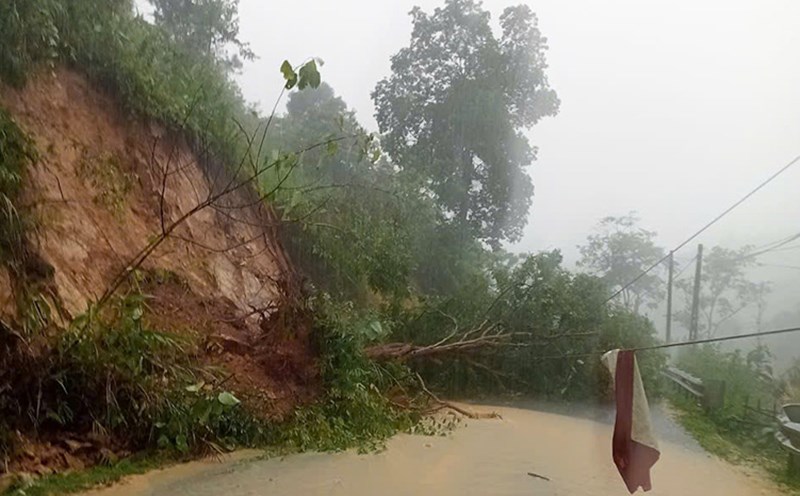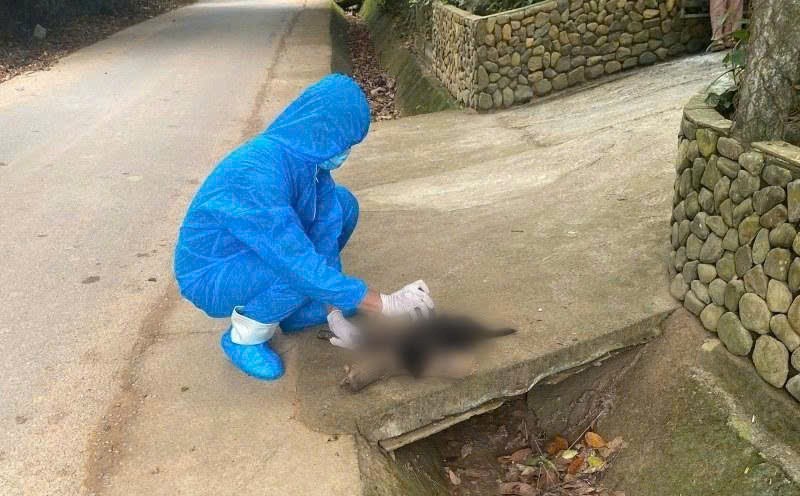The Complex of relics and scenic spots Yen Tu - Vinh Nghiem - Con Son, Kiep Bac, recognized by UNESCO as a World Cultural Heritage Site on July 12, 2025, includes 12 relics/relic clusters selected from hundreds of relics and scenic spots of 6 special national relic sites in 3 localities of Quang Ninh, Bac Ninh and Hai Phong.
According to UNESCO's World Heritage Committee, the components of the heritage are still well managed by local management boards as well as the commitment of the government and local authorities to continue to strengthen the management and protection of common heritage.
However, UNESCO still sees some potential risks for heritage and buffer zone, even though those risks are currently insignificant or have no impact.
Therefore, UNESCO recommends that member countries pay attention to the following issues:
Urgently complete the conservation process systematically, including advanced restoration techniques, paying attention to the authenticity of works, architecture, archaeological sites and other related elements.
Strengthening a comprehensive archaeological map of the Yen Tu area, which is the basis for deeper research and more widely disseminating the values of Yen Tu both domestically and internationally.
Strengthen safety and security measures, especially for carpenters.

According to the World Heritage Committee, after being recognized as a World Cultural Heritage, the heritage is expected to welcome more visitors, so it is necessary to strengthen tourism management activities
conducted more in-depth research on the intangible traditional values of heritage, thereby promoting more widely about heritage; having appropriate solutions for local people to participate in heritage protection.
Effectively manage the development of surrounding villages and transport infrastructure because this issue can affect heritage; solve wastewater problems and the use of fertilizers in agriculture can affect rivers.
Prevent sand mining in the upstream of buffer zones as well as illegal coal mining...
Ensure that all measures and solutions to protect and promote heritage in core areas as well as buffer zone areas must comply with UNESCO's heritage impact assessment standards.
The World Heritage Committee recommends that member countries send a report on the implementation of the above recommendations to the World Heritage Center before December 1, 2026, for the World Heritage Committee to consider at the 49th session.











